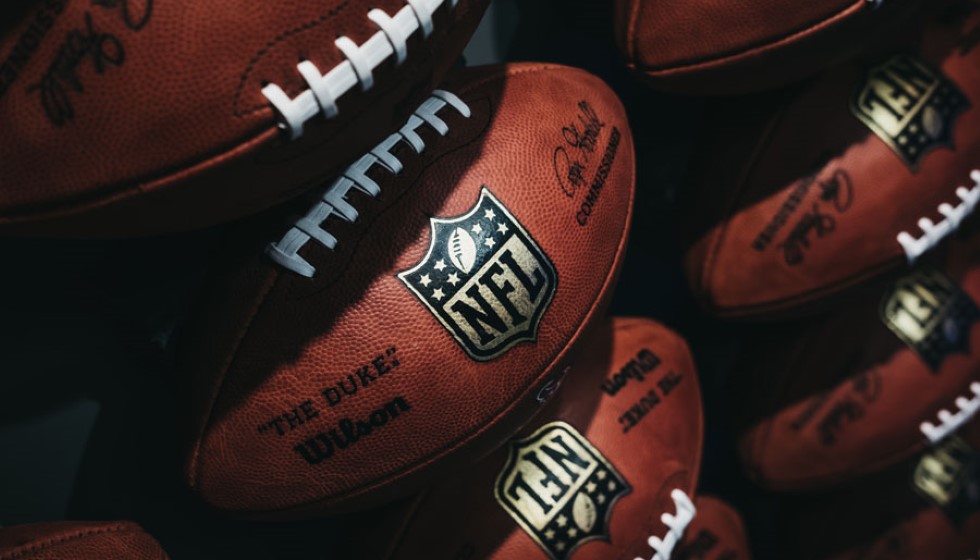
The landscape of the NFL's drafting system often garners attention, especially its lesser-known facets like the supplemental draft. Though it won't make headlines like the primary NFL Draft, the supplemental draft has its own unique significance. This year, one notable update has caught the attention of football aficionados: the NFL will not hold a supplemental draft in 2024. This announcement maintains the status quo of recent years.
An Event on Hold
The supplemental draft has not been an active fixture in the NFL since 2020. The last occurrence dates back to 2019, marking a hiatus that continues into 2024. The supplemental draft initially drew attention for helping teams bolster their rosters outside the constraints of the regular draft period. However, recent trends indicate a dormancy that few anticipated.
2019's event was particularly memorable, as the Arizona Cardinals secured safety Jalen Thompson in the fifth round, demonstrating the kind of hidden gems teams hope to uncover. The supplemental draft spans seven rounds, similar to the traditional NFL Draft, providing teams a secondary avenue to find players who might have slipped through initial evaluations.
A Unique System
Understanding the supplemental draft requires a look at its mechanics and historical context. Established in 1977, the draft was designed to accommodate players who find themselves eligible to enter the NFL after the typical draft window. One of the more significant changes occurred in 1993, expanding the draft to include players who never attended college.
Teams are categorized based on their performance from the previous season, a system ensuring a fair process for selecting from the available talent pool. The unique structure means making a pick in the supplemental draft comes at a cost. If a team chooses a player, it forfeits its corresponding round pick in the following year’s regular draft. This strategic element often makes teams weigh their options carefully before opting to participate.
Declining Interest
The declining activity in the supplemental draft may stem from multiple factors, one being the evolution in scouting and talent identification processes. With vast improvements in these areas, fewer players fall through the cracks, diminishing the pool of talent available for the supplemental draft. Additionally, teams might hesitate to sacrifice future draft capital for talents who present certain uncertainties—academic issues or other factors that prevented them from entering the main draft being common concerns.
Last year, the few eligible players did not find new homes through the supplemental draft, underscoring a decreasing trend in participation and selections. It could also signal a shift in how NFL teams manage and prioritize their scouting disciplines, particularly for unconventional talent entries.
The Path Forward
As for 2024, no teams will have the opportunity to roll the dice on supplemental draft prospects. This continued dormancy raises questions about the future and relevance of the supplemental draft itself. Will the league decide to revamp or reintroduce it with a different structure, or might it fade into obscurity entirely?
While the NFL supplemental draft lurks in the shadows of its more prominent cousin, its history and occasional sparks of brilliance remain an intriguing subplot within the larger tapestry of professional football. For now, it serves as a reminder of the league's ever-evolving mechanisms to manage player entry while balancing fairness and opportunity.
Fans and analysts alike will have to wait and see whether the NFL supplemental draft makes a comeback in future years. Until then, the primary NFL Draft will continue to command the spotlight as the key event for teams to shape their rosters and future fortunes.